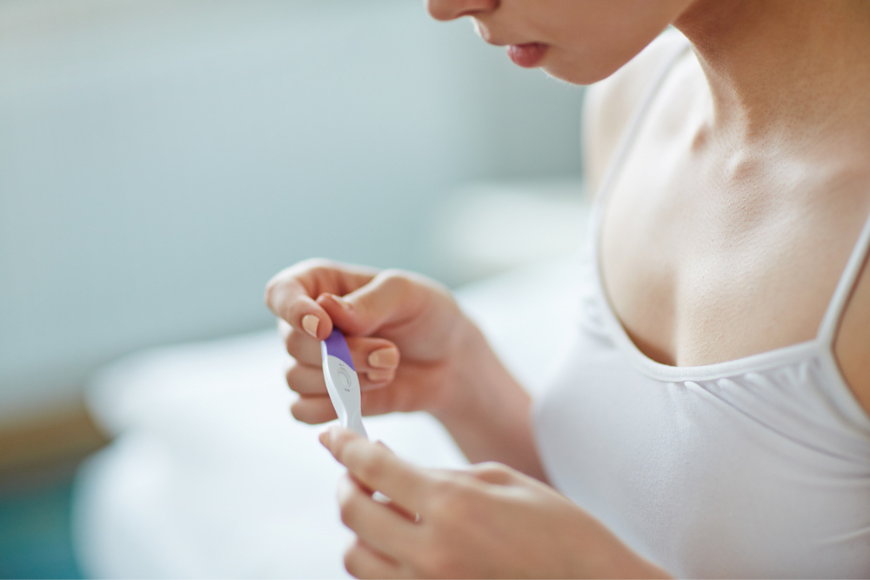Fast facts about breast cancer.
19 September 2013
| Last updated on 31 December 2017
Fast Facts according to the WHO:
- Breast cancer is the top cancer in women both in the developed and developing world.
- Breast cancer is the most common cancer in women worldwide, comprising 16% of all female cancers.
- Early detection in order to improve breast cancer outcome and survival remains the cornerstone of breast cancer control.
- There is no evidence on the effect of screening through breast self-examination (BSE). However, the practice of BSE has been seen to empower women, taking responsibility for their own health. Therefore, BSE is recommended for raising awareness among women at risk rather than as a screening method.
- The only proven method for lowering the incidence of breast cancer is regular mammography.
Symptoms:
Some warning signs of breast cancer are:
- New lump in the breast or underarm (armpit).
- Thickening or swelling of part of the breast.
- Irritation or dimpling of breast skin.
- Redness or flaky skin in the nipple area or the breast.
- Pulling in of the nipple or pain in the nipple area.
- Nipple discharge other than breast milk, including blood.
- Any change in the size or the shape of the breast.
- Pain in any area of the breast.
If you have any signs that worry you, be sure to see your doctor right away.

Screening
Kinds of Screening Tests
- Mammogram. A mammogram is an X-ray of the breast. Mammograms are the best method to detect breast cancer early when it is easier to treat and before it is big enough to feel or cause symptoms. Having regular mammograms can lower the risk of dying from breast cancer. If you are age 40 years or older, be sure to have a screening mammogram every one to two years.
- Clinical breast exam. A clinical breast exam is an examination by a doctor or nurse, who uses his or her hands to feel for lumps or other changes.
- Breast self-exam. A breast self-exam is when you check your own breasts for lumps, changes in size or shape of the breast, or any other changes in the breasts or underarm (armpit).
Which tests to choose?
Where Can I Go to Get Screened?
Prepared by Dr. Alexandra Economacos, Specialist Breast Radiologist




.png?itok=HBSyMDok)









































































.png)


























.png?itok=0fOAXkOm)

























.png?itok=EH_x0Pha)
